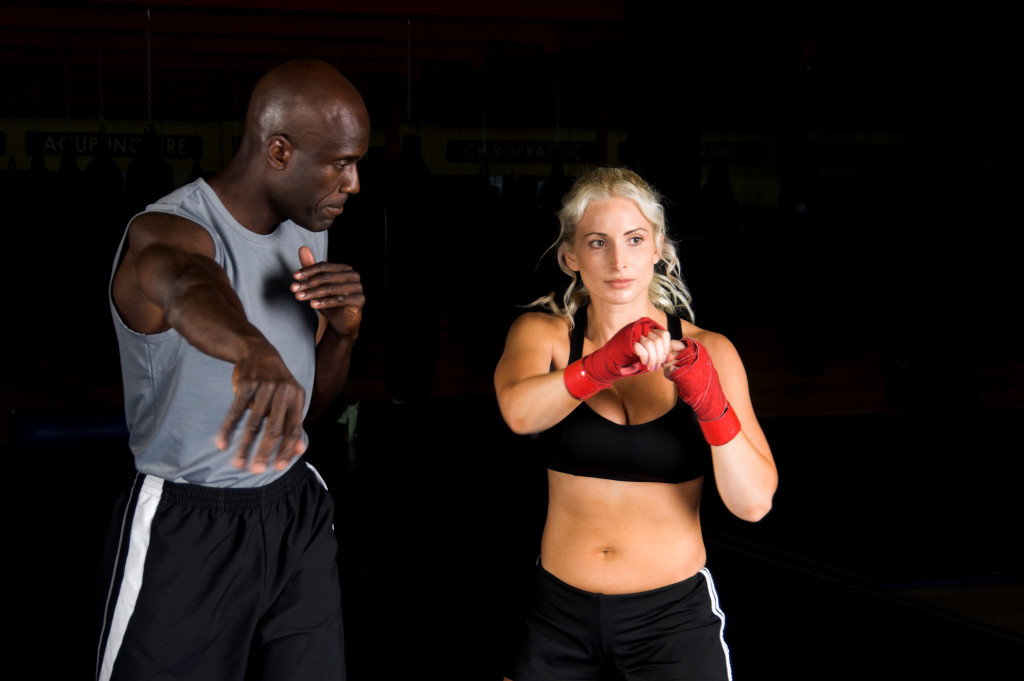Disclaimer: The Lifestyle Elf. This site provides fashion and lifestyle content for informational purposes only.
- A sporty lifestyle has numerous benefits, but it can also lead to injuries and burnout.
- The most common sports injuries are sprains and strains, which can be treated with the RICE protocol.
- Knee injuries are prevalent and can be prevented with proper warm-up and form.
- Overtraining and addiction are possible risks that can be avoided through rest and a balanced training program.
Living an active and sporty lifestyle has many benefits. Exercise and competition can help reduce stress, improve overall health, and allow you to pursue your passion for athletics. But just like any lifestyle, there are some drawbacks. If you love to stay active or are thinking about starting, here are things you should know about the potential downsides of a sporty lifestyle.
Injuries
Injuries are common among those who live a sporty lifestyle. Whether you’re a weekend warrior or a professional athlete, you’re at risk of getting hurt. Here are the most common types of sports injuries (and how you can treat them):
Sprains and Strains
Sprains and strains are one of the most common injuries in athletes. These occur when a muscle or tendon is stretched too far. Treatment typically involves rest, ice, compression, and elevation (RICE protocol).
Tooth loss
Sports can put a lot of strain on your teeth and mouth. The constant jarring from collisions and contact can cause tooth loss over time. To prevent this, always wear a mouthguard when playing sports.
Muscle fatigue
Sports often involve repetitive motions, which can lead to muscle fatigue. This is especially true for athletes who train for long periods of time. To prevent muscle fatigue, make sure to take breaks and get plenty of rest between workouts.
Knee injuries

Knee injuries are the most common type of sports injury, typically due to overuse and repetitive motion. To prevent knee injuries from occurring or worsening, make sure to warm up before exercising and use the correct form when lifting weights.
You can also visit a knee pain specialist to help you diagnose the issue and provide you with treatments. They may recommend physical therapy, medications, and even surgery. They can also provide advice about how to modify your exercise routine or switch to less strenuous activity.
By being knowledgeable about common injuries you might sustain in sports, you can take the necessary steps to prevent them and protect your health. However, if an injury does occur, it’s important to seek medical attention as soon as possible so you can get back on your feet and enjoy your sporty lifestyle once again.
Burnout
Constant training and competition can lead to burnout. Burnout is a state of physical, emotional, and mental exhaustion that can result from prolonged stress. Symptoms of burnout include a lack of motivation, decreased performance, and physical tiredness.
It’s important to take time off from training and competition to rest and recharge. Take a step back and look at your priorities. Remember that rest and recovery are just as essential for your overall health and well-being as training.
Overtraining
Overtraining syndrome is a common issue among athletes. Overtraining syndrome occurs when an athlete takes on too much training without resting or recovering enough. The body becomes fatigued, leading to decreased performance, injury, and sickness.
To avoid overtraining, be sure to schedule rest days into your training program. Listen to your body, and don’t push yourself too hard. Additionally, consider talking to a trainer or coach to make sure your training program is well-balanced.
Social isolation
Some athletes can become too focused on their training and competition, leading to social isolation. It’s essential to maintain social connections outside of athletics. This can help with emotional support, a sense of belonging, and a more balanced life. Connect with friends and family outside of sports and participate in non-athletic activities.
Risk of addiction

Athletics can become addictive, just like any other activity. Exercise addiction occurs when someone becomes addicted to the endorphins and sense of accomplishment that often come with sports.
If you find yourself constantly thinking about training or competition, unable to take time off or a break, or feeling guilty when you don’t train, you may have an exercise addiction. Talk to a mental health professional if you’re concerned.
A sporty lifestyle can have many benefits, but being aware of the potential drawbacks is essential. Injuries, burnout, overtraining, and social isolation are all risks associated with this lifestyle. Taking breaks from training and competition is essential to prevent injury or addiction. By being mindful of these issues, you can ensure that your active lifestyle benefits your physical and mental health.

